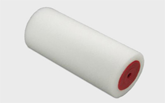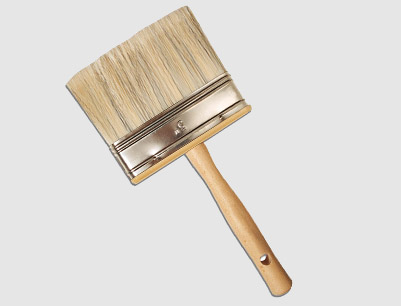How to Choose the Right Paint Roller for Any Project
Jul. 09, 2025Paint rollers are the go-to tool for covering large, flat surfaces quickly and evenly. They’re especially useful when working on textured surfaces like stucco, concrete, and brick. In this guide, we’ll walk you through how to choose the right paint roller cover type, size, and nap thickness for your painting job.
Step 1: Understand the Different Types of Paint Roller Covers
The type of roller cover you use has a big impact on the final finish. Here are the most common options:
Microfiber: Holds up to three times more paint than standard covers and delivers a super smooth finish. Works with all paints and sheens, especially effective for semi-gloss and high-gloss finishes like ADVANCE®, ideal for doors, cabinetry, and trim.
Nylon/Polyester: Perfect for water-based paints like Regal® Select Interior on virtually any surface. Resists matting and helps achieve a consistent, smooth finish.
Natural Fiber: Typically made from lamb’s wool or mohair, natural fiber covers work best with oil-based or alkyd paints and perform well on a variety of surfaces.
Blended Fiber: A combination of synthetic and natural fibers, these covers are suited for both oil-based and high-gloss latex paints. They’re a popular choice for rough, porous surfaces like bare wood.
Pro Tip:
Invest in quality. Cheaper rollers tend to shed fibers, hold less paint, and wear out quickly. A high-quality roller cover costs a little more but lasts longer, performs better, and can be cleaned and reused several times if properly cared for.
Look for features like beveled edges, seamless design, a plastic core, and good bounce-back when gently squeezed.
Step 2: Choose the Right Roller Cover Size
Paint roller covers come in a variety of sizes, each suited for different tasks. Here’s a quick guide:
9” (240mm) Rollers: Best for large areas like walls, ceilings, and flat doors.
4” (100mm) Rollers: Ideal for smaller areas such as furniture, cabinet doors, wide trim, tight spaces, edges, and handrails.
Helpful Tip:
Before using a new roller, wrap a piece of painter’s tape around your hand (sticky side out) and lightly press it along the roller to remove any loose lint.
Step 3: Select the Correct Nap Thickness
The nap refers to the thickness of the fibers on the roller cover (also called the pile). The rougher your surface, the thicker the nap you’ll need to achieve even coverage. Here’s a breakdown:
3/16” - ¼” (4.76-6.35mm): For very smooth surfaces like metal doors, trim, and cabinets. Works well with semi-gloss or gloss finishes.
⅜” - ½” (9.5-12.7mm): Suitable for smooth to semi-smooth surfaces such as drywall, painted walls, and ceilings.
¾” - 1” (19.05-25.4mm): Best for semi-rough surfaces like textured ceilings, stucco, or rough wood.
1 ¼” - 1 ½” (31.75-38.1mm): Designed for rough surfaces like masonry, brick, and concrete block.
Helpful Tip:
If you notice an orange peel texture (small dimples) on your walls while painting, try switching to a roller cover with a thinner nap for a smoother finish.
Pro Tip: Don’t Forget the Roller Frame
A good roller frame makes a difference too. Look for:
Heavy-duty, rigid construction
Threaded handle for attaching an extension pole
Endcap springs to secure the roller cover in place
Comfortable grip handle to reduce hand fatigue during longer projects















